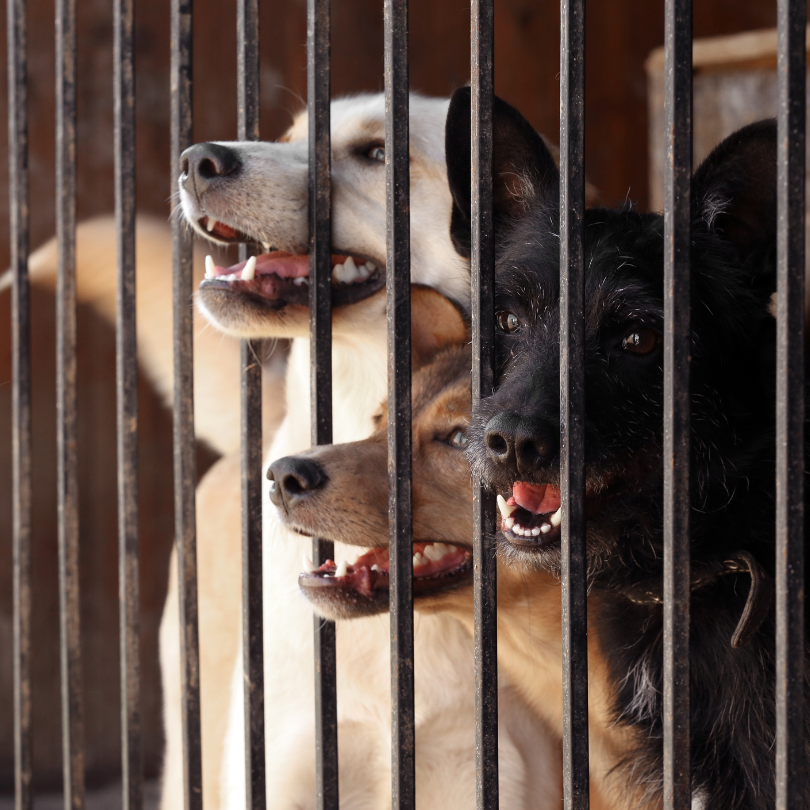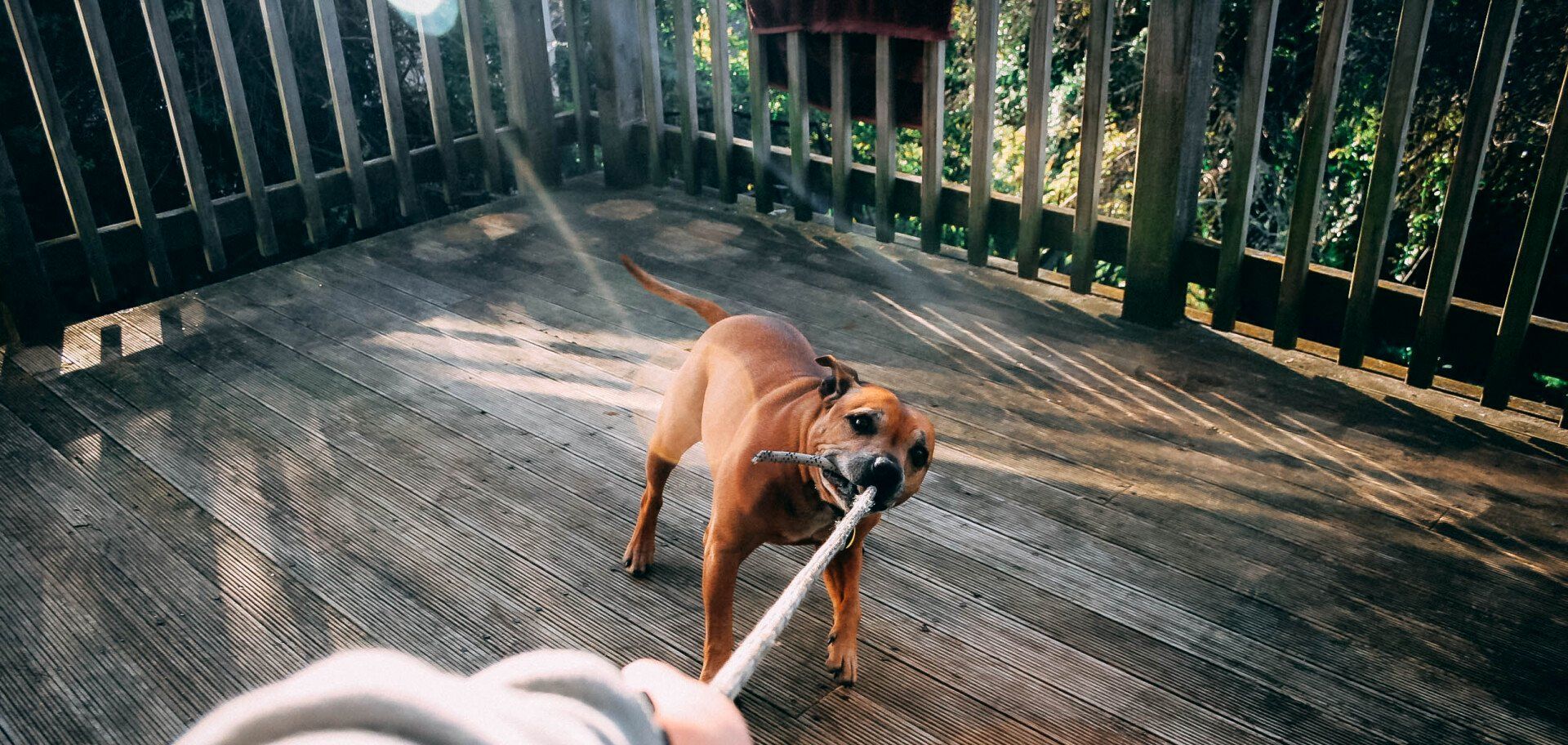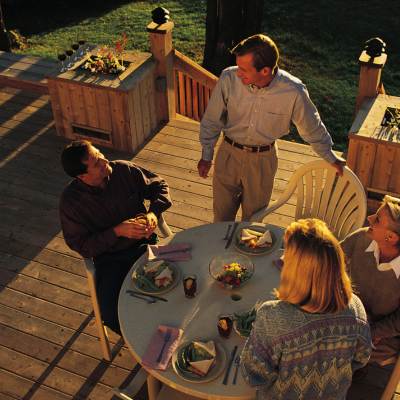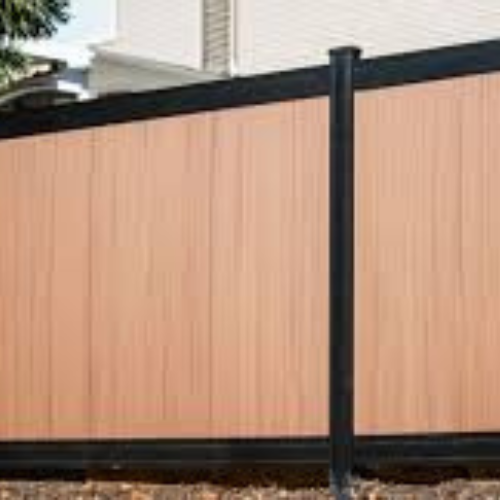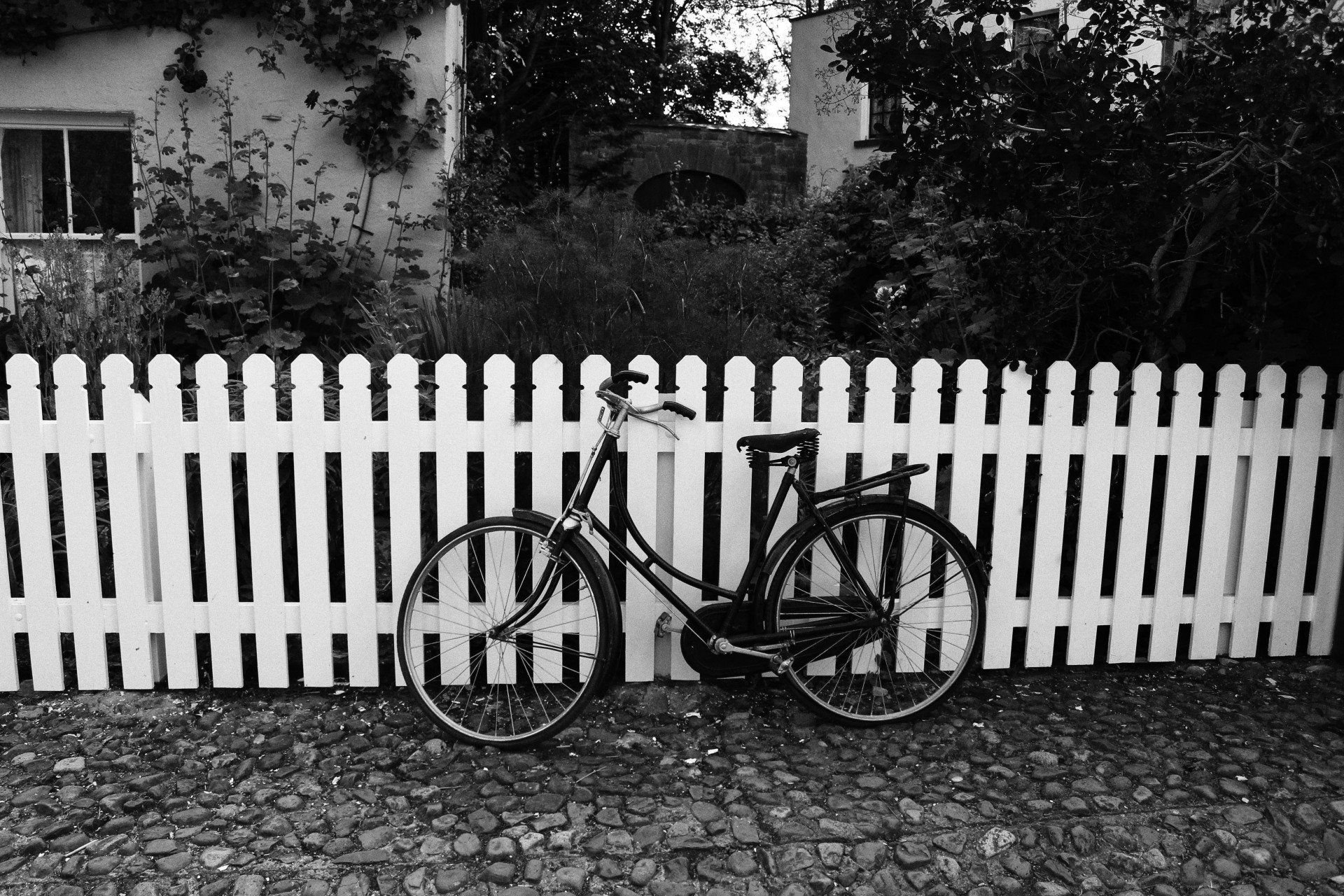Deck & Fence Force Blog
How to Introduce Your Pet to Their New Fence:
Training Tips and Tricks
Introducing a new fence to your furry friend can be an exciting yet potentially challenging experience. Whether you've installed a fence to keep your pet safe or simply to enhance their outdoor experience, proper training and introduction are essential for a smooth transition. In this guide, we'll explore some valuable tips and tricks to help you introduce your pet to their new fence with ease.
Gradual Introduction: Begin by allowing your pet to explore the fenced area gradually. Start with short supervised visits, gradually increasing the time spent in the enclosed space. This gradual approach helps your pet become familiar with their new surroundings without feeling overwhelmed.
Positive Reinforcement: Use treats, praise, and affection to create positive associations with the fenced area. Whenever your pet enters the enclosure willingly or exhibits desirable behaviors, reward them immediately. Positive reinforcement encourages your pet to view the fenced area as a safe and enjoyable space.
Supervised Sessions: During the initial introduction phase, always supervise your pet while they're in the fenced area. This allows you to monitor their behavior, address any potential concerns, and intervene if necessary. Supervised sessions also provide an opportunity for bonding and interaction with your pet.
Familiarization Activities: Engage your pet in fun and engaging activities within the fenced area to help them acclimate. Play games, practice training exercises, or offer interactive toys to keep your pet entertained and stimulated. These activities reinforce positive associations with the fenced space and help alleviate boredom.
Boundary Training: Teach your pet to respect the boundaries of the fenced area through consistent training. Use verbal cues or boundary markers to indicate the limits of the enclosure. Encourage your pet to stay within the designated space and redirect them gently if they attempt to stray beyond the boundaries.
Patience and Persistence: Remember that every pet adapts to change at their own pace. Be patient and persistent throughout the training process, and avoid rushing your pet or becoming frustrated. Consistency and positive reinforcement are key to successful fence training.
Addressing Anxiety or Fear: If your pet exhibits signs of anxiety or fear in response to the new fence, take steps to address their concerns. Provide reassurance, offer comfort, and gradually increase exposure to the fenced area over time. Consider consulting with a professional trainer or behaviorist for additional guidance if needed.
Regular Exercise and Supervision: Once your pet has become accustomed to their new fence, incorporate regular exercise and supervision into their routine. Allow them ample opportunities to explore, play, and relax within the enclosed space while ensuring they remain safe and secure at all times.
By following these training tips and tricks, you can help your pet adjust to their new fence confidently and comfortably. With patience, consistency, and positive reinforcement, you'll soon enjoy the benefits of a happy and contented pet within the confines of their safe and secure outdoor sanctuary.
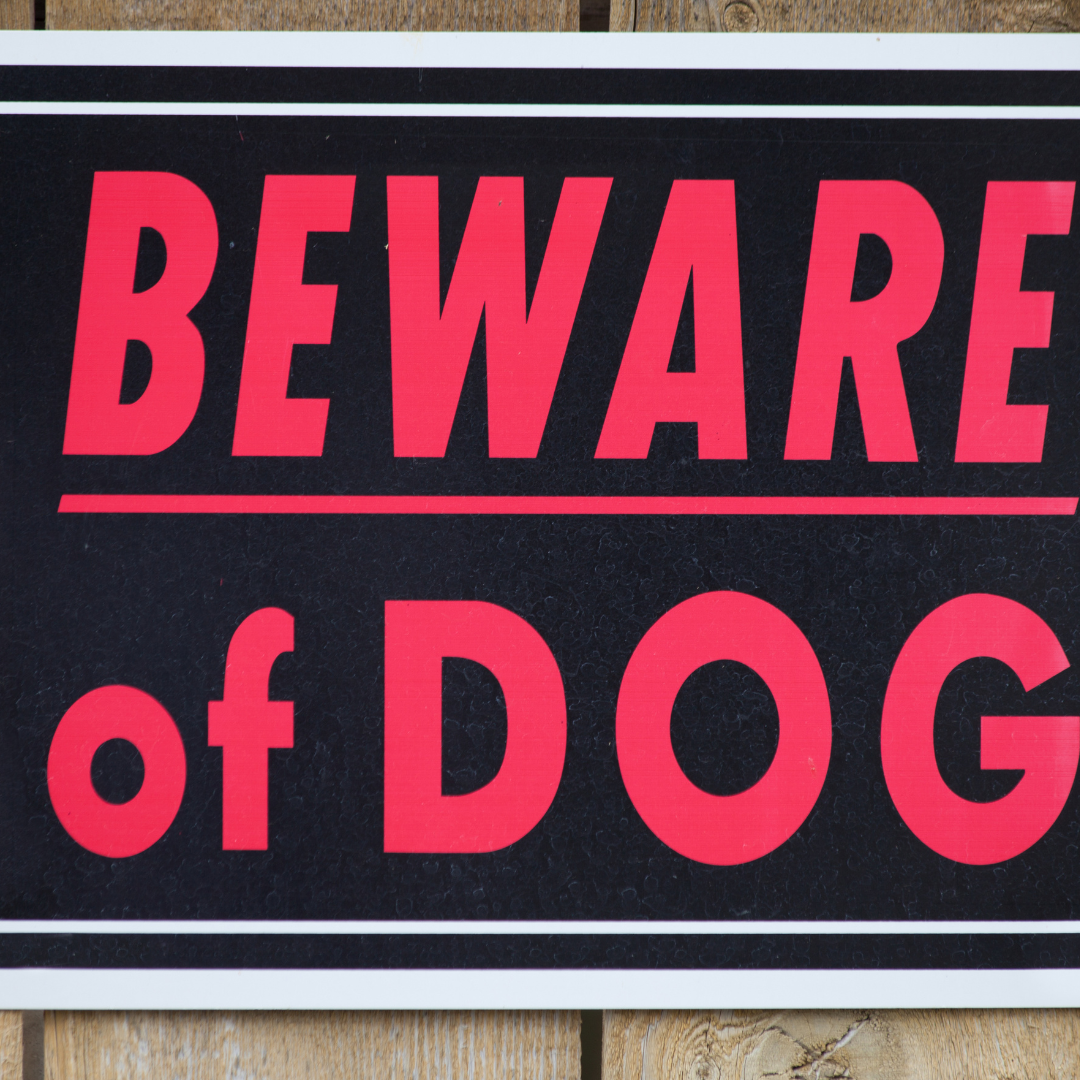
Benefits about Fencing for your Furry Pets
- Safety: A dog fence acts as a barrier, preventing your furry companion from wandering into busy streets, encountering potentially dangerous wildlife, or getting lost in unfamiliar surroundings. By establishing a secure boundary, you can significantly reduce the risk of accidents or injuries to your beloved pet.
- Exercise: With a fenced-in area, your dog has the freedom to engage in off-leash exercise sessions, promoting physical health and mental well-being. Whether they're chasing after toys, playing fetch, or simply exploring their designated space, a fenced yard provides ample opportunity for your canine companion to burn off excess energy and stay active.
- Peace of mind: Knowing that your dog is safely contained within the confines of your yard brings a sense of tranquility and reassurance. You can relax and go about your daily activities without constantly worrying about your pet wandering off or encountering potential hazards beyond the boundaries of your property.
- Protection for landscaping: Dogs are naturally curious creatures, often prone to digging, exploring, and romping through gardens and flower beds. A dog fence serves as a protective barrier, safeguarding your meticulously landscaped yard from being trampled, dug up, or otherwise disturbed by your enthusiastic pup's playful antics.
- Neighborly relations: By keeping your dog within the confines of your own property, you can foster positive relationships with your neighbors and minimize the likelihood of conflicts or complaints related to wandering pets. A well-maintained dog fence shows that you are committed to responsible pet ownership and respect for neighboring properties.
- Training aid: A fenced-in yard provides an ideal environment for obedience training, behavior modification, and socialization exercises. With the ability to control your dog's environment and limit distractions, you can effectively teach commands, reinforce desired behaviors, and address any behavioral issues in a safe and controlled manner.
- Socialization opportunities: A securely fenced outdoor space allows you to introduce your dog to other pets and people in a controlled setting, facilitating positive social interactions and preventing potential confrontations with unfamiliar animals. Whether it's arranging playdates with canine companions or inviting friends and neighbors over for supervised interactions, a fenced yard encourages healthy socialization and reinforces good manners in your pet.
- Reduced stress: The knowledge that your dog is safely contained within your yard alleviates the stress and anxiety associated with constant supervision and worry. You can enjoy outdoor activities together, such as gardening, relaxing on the patio, or hosting gatherings, without the need for constant vigilance or concern about your pet's whereabouts.
- Deterrent for wildlife: In addition to keeping your dog safe, a dog fence can also serve as a deterrent for wildlife such as rabbits, squirrels, or deer that may otherwise venture into your yard and cause damage to your property or garden. By establishing a physical barrier, you can minimize the risk of wildlife encounters and mitigate potential conflicts between your pet and local wildlife.
- Enhanced property value: A well-maintained dog fence not only provides practical benefits for pet owners but also enhances the overall appeal and value of your property. Potential homebuyers, especially those with pets, may view a fenced yard as a desirable feature, increasing the marketability and resale value of your home. Additionally, a neatly installed and properly maintained fence adds to the aesthetic appeal of your property, contributing to its overall attractiveness and curb appeal.
Deck and Fence Force repairs and installs all types of fences and we would be proud to help you create a new healthy space for your pets. Contact us today.
